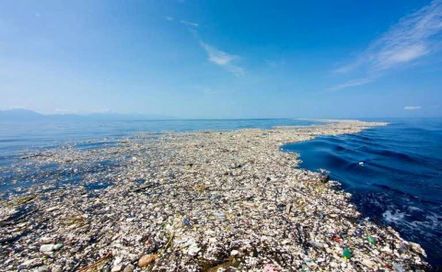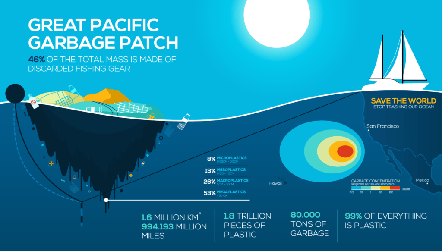
A brief description.
The image here is a gyre. Gyres are currents in the oceans that create large circles. The gyre shown above is about 300 miles long. They are dynamic, changing shapes and sizes based on the ocean currents.
How Printers Help.
Digital Screens present real time data. Large format printouts present a clearer visual of the changing gyres dimensions. HP’s wide format DesignJet’s Z6/Z9 printers provides the highest resolution output through color differentiation that is easier to analyze with the naked eye.
.

Moving Forward Together.
Several organizations throughout the world are seeking an international agreement to reduce the plastic invasion of the oceans and rivers. Countries in the EU and Africa and Asia have expressed support for an agreement. However, very little action has resulted from these efforts. One of the most supported efforts is the banning in many countries of the common plastic grocery bag and the microplastics that are prevalent in cosmetics.
Until there is global support and strategy, the scientific communities, local state, city and national governments will plod along with very few results.
There are very few multinational corporations that produce the raw plastic pellets that produce virtually all of this waste. Dramatic changes in this “ocean of waste” will only occur when regulatory practices are put in place that will require production and encourage the development of biodegradable products that will be plastic free and yet provide products that the general public can accept and use.
HP is PSI’s vendor of choice for wide format printers and ink. HP has made a considered effort to manufacture environmentally friendly ink. Many of their printers, ink cartridges and parts are made from recycled plastics. PSI sells media that is totally recyclable and has a complete line of products made from recycled paper. We look forward to the continued sales of HP’s products and the further availability of media and substrates that meet this global waste challenge.